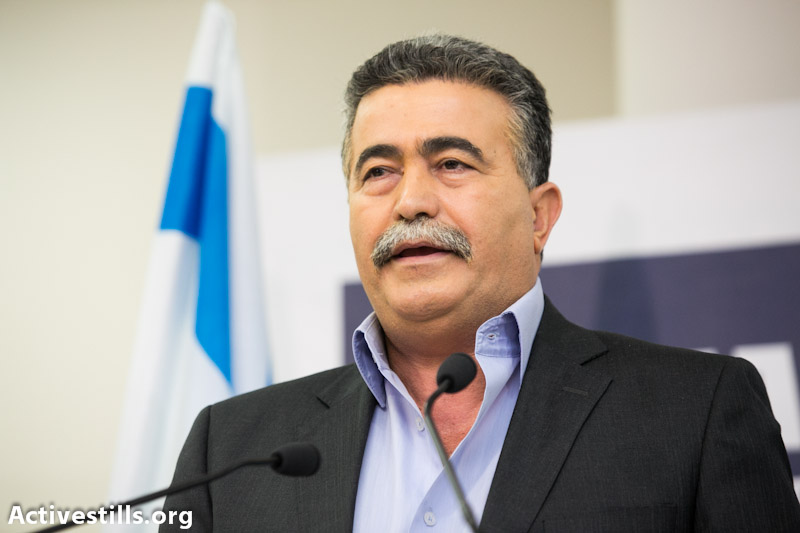It is no wonder that Mizrahim vote for right-wing parties when the Ashkenazi-dominated Left has done everything in its power to exclude them. Want things to change? Start talking about Ashkenazi privilege.
By Tom Mehager
Those who have, historically, voted for Israel’s left-wing camp are often nicknamed “the white tribe.” On the other hand, the right wing enjoys a high percentage of Mizrahi voters. Why? In the run-up to the elections, it might be worth taking a look at this question.
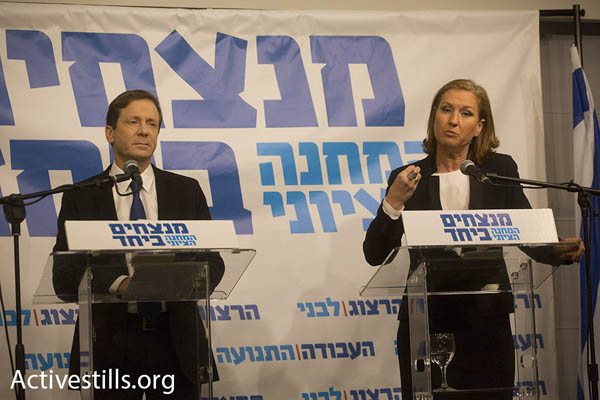
First of all, the social categories “Mizrahim” and “Asheknazis” are nowhere to be found in the platforms of Israel’s leftist parties. While the platforms of Labor (the “Zionist Camp”), Meretz and Hadash include, among other things, social issues relevant to both central Israel and the periphery, these parties base themselves on a colorblind worldview that believes that “there is no such thing as Mizrahim and Ashkenazim anymore.” But that’s just it – there is such a thing. When it comes to many issues, Mizrahim were and still are a group that faces discrimination, when compared to Ashkenazim. And yet, left-wing parties choose to totally ignore this fact.
1. Representation
Amir Peretz stood at the helm of the Labor Party during the 2006 elections, while Ehud Barak headed the party during the 2009 elections. A comparison between the percentage of people who voted for Peretz and Barak reveals a clear-cut picture: Peretz, a Mizrahi leader from the periphery, significantly raised the percentage of Labor voters among the Mizrahi public.
For example, in Sderot (Peretz’s hometown) 24.57 percent of voters gave their vote to Labor, as opposed to 5.31 percent who voted for Barak. In Dimona 17.49 percent voted for Peretz, while only 5.31 percent voted for Barak. In Shlomi 20.74 percent for Peretz, and 5.99 percent for Barak. In Yeruham 14.9 percent for Peretz, as opposed to 4.21 percent for Barak. Labor won 19 Knesset seats under Peretz, winning only 13 under Barak.
It is true that the Labor Party, which openly supported Operation Protective Edge, and Meretz, which silently supported the war until a very late stage, are not worthy of being called “Left.” What is clear, however, is that there is a huge potential to mobilize Mizrahi voters. On the other hand, Israel’s left-wing parties systematically exclude Mizrahim; Labor, Meretz and Hadash reserve spots for women and Arabs (Labor saves spot 18 for a representative of the kibbutz movement), yet they still push aside Mizrahim.
The Jewish-Arab Hadash party still talks about Charlie Bitton, a Mizrahi Black Panther turned member of Knesset, yet it doesn’t seem like they are working toward including Jewish representation from the periphery any time soon. In Meretz, Mossi Raz was chosen to an unrealistic sixth place on the party list, and he deals mostly with the occupation, rather than with the interests of the Mizrahi public. The situation in the “Zionist Camp” is slightly better – Amir Peretz and Eitan Cabel are high up on the party list, and Prof. Yossi Yona has a good chance of making it into the next Knesset. However, the party is still led by Isaac Herzog, Tzipi Livni and Prof. Manuel Trajtenberg. So while leftist parties rightfully work toward a more respectable representation for women and Arabs in their ranks, they still exclude Mizrahim. Furthermore, these parties never speak up about the lack of Mizrahim in academia, human rights organizations or as judges in Israel’s courts. On the other hand, people such as Minister of Internal Affairs Gilad Erdan have openly spoken out against the lack of Mizrahi judges on Israel’s Supreme Court.
2. Education
Israel’s education system is racist toward Mizrahim. Most vocational students are either Mizrahi or Arab students, whereas a majority of Ashkenazim are enrolled in the formal, matriculation system. It is no surprise that Amir Peretz and Meir Cohen, both Mizrahi politicans from development towns, supported Minister Silvan Shalom when he told Prime Minister Netanyahu that his son “should go be a metal worker” during a heated cabinet meeting on education.
But where was the Left in this story? Aside from Labor MK Shelly Yachimovich, who wrote an important response to the Shalom/Netanyahu confrontation on her Facebook page, Labor, Meretz and Hadash kept mum. None of the parties’ platforms talk about Israel’s discriminatory education system. How can it be that parties who claim to promote equal opportunity, good education and the bridging of gaps, remain silent in the face of these policies?

Furthermore, the history of Jews who came to Israel from Arab and Muslim countries is entirely missing from the curriculum. Almost every student learns about the waves of immigration from Europe at the end of the 19th century, as well as about the pogroms and the Holocaust. But they do not learn a thing about the history or culture of the communities that came here from Arab and Muslim countries. More than a decade ago, Education Minister Limor Livnat tried to improve the situation after pressure from the Mizrahi Democratic Rainbow Coalition (an umbrella group of Mizrahi social justice activists). However the changes have since been rescinded, and the Left remains silent.
3. Land
Recently the kibbutz movement signed an agreement with the Israel Land Authority (ILA), which would allow kibbutzim to buy land directly from the ILA, thus “preserving the kibbutz way of life” and ensuring no state control over the purchased properties.
In a press release, the kibbutz movement responded to the agreement as follows: “After repeated delays, and almost 20 years of an unstable relationship between the ILA and the kibbutz movement, and many long months during which the kibbutzim around Gaza stood in the first line of fire during Operation Protective Edge, the Israel Land Authority Council made an important decision on this matter, according to which the ILA will have no claims to the areas purchased by the kibbutz that are intended for housing…”
First of all, what does “standing in the first line of fire” have to do with an economic agreement? Didn’t the people of Ashkelon, Rahat and Sderot all stand in the first line of fire? Secondly, the kibbutzim are the only sector in the country that owns such a large amount of such one valuable resource, so much so that it is able to negotiate with the state over its use. Nearly every Israeli citizen from the lower-middle class faces housing difficulties, especially in the mostly-Mizrahi populated development towns and the Arab cities and villages. Only the kibbutzim get to sign an agreement that improves their housing situation.
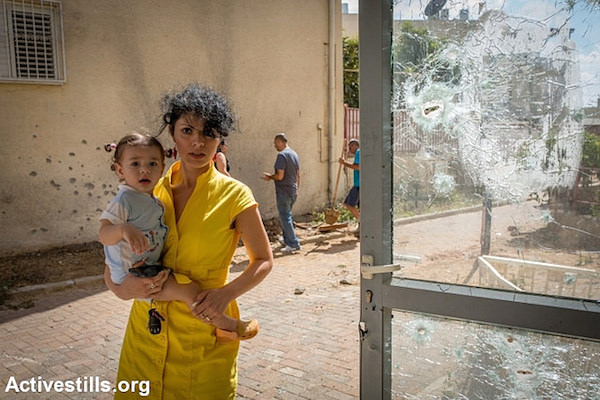
It is important to note that Housing and Construction Minister Uri Ariel, who handed over a large number of apartments that were originally intended for public housing to national-religious institutions, praised the ILA agreement’s with the kibbutz movement. Moreover, Bentzi Liberman, the former head of the Yesha Council (an umbrella organization of municipal councils of West Bank settlements) who is being investigated on corruption charges, is the current chairman of the Israel Land Authority and is primarily responsible for the deal. Not only do left-wing parties offer very little in the face of unequal distribution of resources, representatives of both Labor and Meretz actually support the agreement. The others? They simply shut up. On the other hand, former Interior Minister Gideon Sa’ar previously promoted and put into action a plan that slightly ameliorated the situation.
4. History
Today we know that the medical establishment and welfare authorities in Israel took children from families that immigrated from Yemen, the Balkans and other countries, and lied to the parents over their fate. We also know about the nearly 70,000 children who were sprayed with pesticide after immigrating from North Africa, falling victim to the state’s racist behavior in the 1950s.
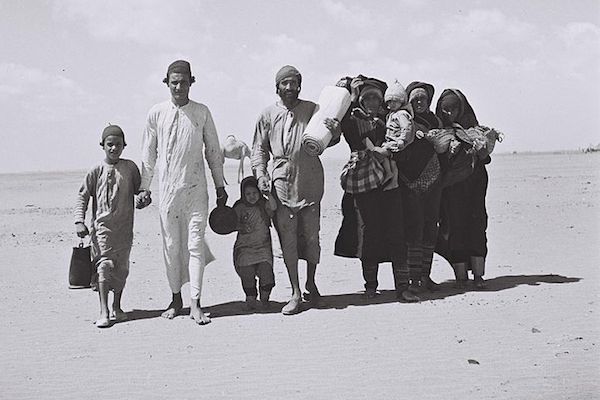
One of the most significant components in the reconciliation between two groups is recognizing the injustices of the past. It is crucial to publicly recognize the crimes perpetrated by Israel’s authorities, as well as compensate the victims and teach this history in school. The Israeli Left is supposed to lead such public calls against racism and historical injustices. But even here, it ceases to function.
5. Culture and identity
A study conducted by the Ministry of Economy in 2013 showed that candidates with an Ashkenazi-sounding last names have a better chance of being invited to a job interview, as opposed to candidates with Mizrahi-sounding last names.
The reason for this is image-related. Since the founding of the state, Western culture has always been seen as supreme, while Mizrahi culture was seen as primitive and weak. This worldview became popular, especially due to the fact that Israel is seen of as a Western outpost in the Middle East, or as Ehud Barak put it: “a villa in the jungle.” This is the reason that Mizrahi music is almost never played on public radio stations, or why television commercials are full of white characters, except when they cast someone to play a worker or a criminal.
A multicultural approach does not accept the assumption that one culture is better than the other. Every community in Israel has its own significant cultural attributes, and making room for them in the public sphere is not only a moral act, it will also an act that will enrich our society. Even in this aspect, the Left stagnates.
* * *
But despite the aforementioned initiatives of Erdan, Livnat and Sa’ar, the Right is also blind to the interests of the Mizrahi public. Shas under Aryeh Deri and Moshe Kahlon’s Kulanu party are not seen as either left or right, but they will attract a significant number of voters from the Mizrahi public, first and for most because they are parties established by Mizrahim. Not to mention the fact that they both speak about the interests of the Mizrahi public, whether directly (Deri) or indirectly (Kahlon). They are, in effect, the Mizrahi parallel of Yair Lapid’s Yesh Atid party, which does not align itself with either the Left or the Right, but rather caters to the needs of upper-middle class Ashkenazim.
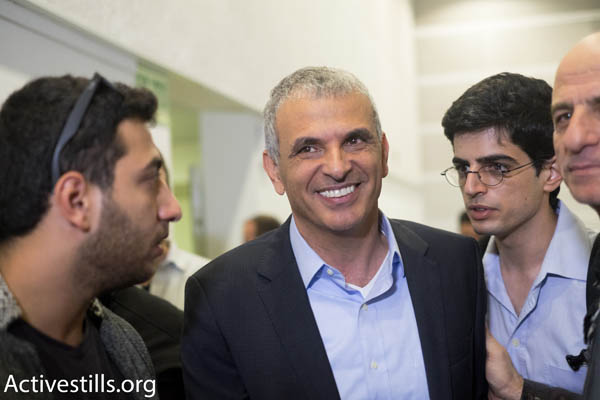
Two historical facts make the Right, and especially Likud, into a natural political home for Mizrahim: first off, the Left built a regime of privileges that benefit Ashkenazim, and continues to resist any attempt to challenge it. Until the “revolution” of 1977, when Likud was elected to lead the country for the first time, Mizrahim voted in high numbers for Mapai, Labor’s predecessor. Since then (aside from the 2006 elections), Mizrahim have viewed the Left as part of the Ashkenazi elite, and rightly so. Secondly, Mizrahim have adopted vehement Zionist-nationalist positions, after they were made to renounce their Arab culture by successive Israeli governments. Therefore, even if the Right doesn’t speak clearly about the interests of the Mizrahi public, it at leasts provides an alternative political home to the Ashkenazi Left.
For the Ashkenazi public, however, voting for the Left is a pretty good deal: they vote for parties that are ostensibly enlightened and moral, while totally ignoring the historical relationship between Ashkenazim and Mizrahim, as well as the privileges they enjoy until this very day. But without talking about Ashkenazi privilege in a clear and direct manner, there will be no real change in this country.
Tom Mehager is a Mizarahi activist and a graduate student of political science. This article was first published in Hebrew on Haokets.
Related:
The struggle for Mizrahi recognition isn’t limited to Israel
Yemenite Children Affair: Families of the kidnapped speak out
‘How can this monkey be talking about an ideology that developed in Europe?’


